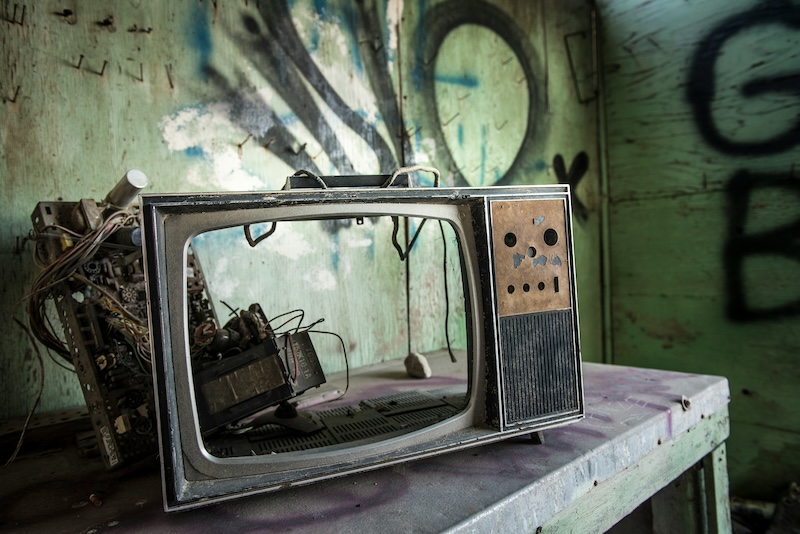Arrr, Here We Go Again
Topics: media piracy enshittification

Yes, it’s time to talk about piracy once again. The relentless march of enshittification means that “the benefits that siphoned users from broadcast and cable are vanishing”.
I’m not naturally pro-piracy, but there is a thermocline of convenience that streaming platform providers would do well to remember. The whole reason people gave up piracy is because streaming became far more convenient. Back in the days when physical media were a thing, DVDs were both expensive and inconvenient. Pirating films and TV shows, even in lower picture quality, was a better deal. It also meant you didn’t have to deal with geographical restrictions and could watch what you wanted, when you wanted.
Much as the iTunes Store did with Napster, Netflix killed the rationale for piracy by offering even more convenience for a very reasonable monthly fee. That was the bargain that drove the meteoric rise of Netflix, and of the other platforms that followed its lead.
And then.
Prices started rising. Platforms started cutting users off if they were away from home. Higher-definition video quality became an upsell item. Content started disappearing from platforms — even items people thought they owned. And the cardinal sin: ads.

The platforms are obviously betting that the breadth and quality of their content offerings will be enough to keep viewers locked in. But users are already frustrated by just how many services they have to subscribe to in order to keep up with the various must-watch shows. I don’t think platforms realise just how close they are getting to crashing through that convenience thermocline into the icy cold waters of dropping subscriber numbers. The old cable bundle had more of a lock-in because of live sports, but terminating a streaming subscription — or suspending it until your favourite show comes back — only takes a couple of clicks. There are even services that will help optimise streaming subscriptions by starting and pausing them as different shows become available.
And meanwhile the old ways are still out there. Nobody has yet succeeded in taking down The Pirate Bay in twenty years of trying.
Perhaps platforms are assuming that as people move from open personal computer platforms to closed phone operating systems, they will be able to control enough of the chain that “unauthorised” media simply will not be able to play? This would be a bleak future indeed, but again, I think any such assumption underestimates human ingenuity, especially once the price of all the subscriptions rises past a certain pain point.
I would prefer to pay artists, I really would — but there is only so much nonsense I will put up with from services I pay for, and we are getting very close to that line.
In the same article I quoted earlier, we also find this aside:
Many friends over 40 say they can no longer play CDs or DVD; teenaged friends favor physical media because they’ve already learned that digital services can’t be trusted.
It me, but not quite: I do still have one operational DVD drive in the house, and it’s even hooked up to a TV screen, via my Mac mini home server. I am vaguely considering getting a Blu-ray drive, though, just for future-proofing purposes — and then starting to buy up some favourites that I know I will want to keep around.
🖼️ Photos by Tina Rataj-Berard and Erik Mclean on Unsplash